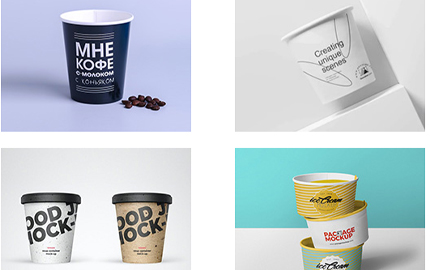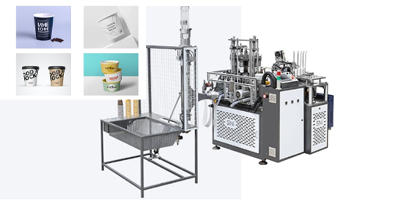The answer to this seemingly simple question reveals a complex blend of history, culture, and marketing. While a "standard cup" of coffee is often defined as 8 fluid ounces (237 mL) in culinary terms, the reality of coffee consumption—especially in modern cafes—tells a different story. Let’s explore the evolution of coffee cup sizes, their historical roots, and how today’s popular chains have reshaped our understanding of a "standard" brew.
In cooking and nutrition labels, a "cup" universally equals 8 fluid ounces. However, coffee culture has long operated outside this definition. The National Coffee Association (NCA) acknowledges 8 ounces as a baseline for a standard serving, but most coffee shops use larger cups to accommodate customer preferences for bigger drinks and added extras like milk, foam, or ice. This disconnect highlights the gap between technical definitions and real-world usage.
There are two main theories about the history of the standard coffee cup capacity: one is that 6 ounces originated from the common capacity of early cocktail glasses and Coca-Cola bottles, becoming the prototype of the beverage measurement unit; the other is that it dates back to the 1970s, when Mr. Coffee machines brewed a single serving of 5 ounces of water. As coffee became more popular, demand pushed the capacity to 6 ounces, forming the American single-serve coffee standard. Together, these two theories show that the modern standard is the product of the tradition of beverage containers and the iteration of household utensil technology.

1. Driven by market demand and consumption habits
Coffee chain brands guide consumers to accept larger capacity by launching super-large cups, meeting modern people's needs for "high cost performance" and "continuous refreshment".
At the same time, the fast-paced life has given rise to take-out scenarios, and medium cups have become the mainstream portable choice, while mini cups cater to the niche market that pursues exquisite experience.
2. Adaptation of functionality and beverage characteristics
Espresso cup: small size retains high temperature and oil aroma, avoiding excessive oxidation.
Cappuccino cup: wide mouth design balances the ratio of milk foam and coffee.
Cold drink cup: thickened cup wall delays ice melting and adapts to layered visual effects.
3. Cultural differences and penetration of environmental protection trends
Regional preference: The traditional Italian espresso cup is only 50ml, reflecting the slow drinking culture; the North American "large cup trend" reflects fast food consumption.
Sustainable innovation: The brand reduces raw material waste through the strategy of "reducing cup size + increasing unit price" and promotes recyclable cups.
Here’s how major brands define their "standard" cups today:
Starbucks: Tall (12 oz), Grande (16 oz), Venti (20 oz hot / 24 oz iced), Trenta (30 oz iced only).
Dunkin’: Small (10 oz), Medium (14 oz), Large (20 oz), Extra Large (24 oz).
Tim Hortons: Small (10 oz), Medium (14 oz), Large (20 oz), Extra Large (24 oz).
Costa Coffee: Primo (8 oz), Medio (12 oz), Massimo (16 oz).
As cups grew larger, managing heat became a challenge. The paper cup sleeve—invented in the 1990s—revolutionized to-go coffee by protecting hands from scalding temperatures. Automated paper cup sleeve machines now produce millions of sleeves daily, slotting them onto cups during packaging. This innovation supports both functionality and branding, as sleeves often feature logos or promotional messages.

There’s no definitive answer to how many ounces of coffee a cup of coffee contains—after all, cup sizes and personal preferences vary significantly. While the golden ratio of 1 to 2 tablespoons of ground coffee per 6 ounces of water is a good starting point for most people, you can fine-tune the ratio to find your own solution that best suits your customers’ taste preferences.
GET A QUOTE